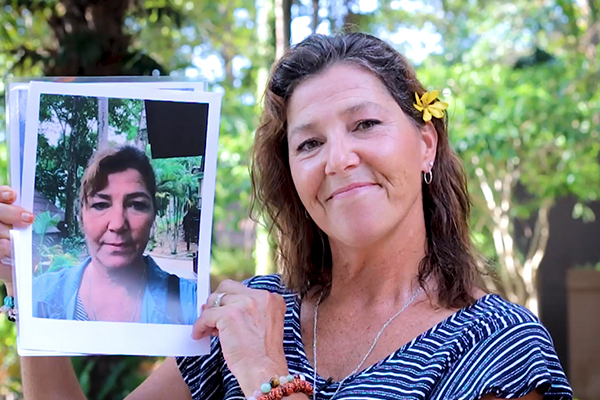Australian Government’s National Drug Strategy on illicit drug use shaped by regulation rather than modern forms of rehab – December 11, 2015
A United Nations (UN) 2015 report estimates around 246 million people world-wide aged between 15 and 64 use illicit drugs. Australia is awash with drugs, with 42 per cent of the nation’s adult population acknowledging drug use at some stage in their lives[1]; almost 15 per cent of whom used drugs between 2014-15.[2]
Illicit drug use not only impacts users, but also weighs heavily on the Australian public purse – an estimated $55.2 billion in 2004-05, including costs to the healthcare system, workplace productivity, road accidents and crime.[3]
Notably, tobacco use accounted for $31.5 billion, alcohol for $15.3 billion, and illegal drugs $8.2 billion, with alcohol and illicit drugs together accounting for an additional $1.1 billion.[4]
Since 1985, successive Australian Governments’ have regularly revised the National Drug Strategy, by predominantly focusing on harm minimisation, and the framework for such, including issues of demand, supply and harm reduction.
The demand reduction component of this framework has focused on preventing the uptake of, or delaying the use of alcohol, tobacco, and/or other drugs used personally, within the community, and for helping individuals recover from their dependence, and reintegrate into society.
The supply reduction framework aims to prevent, stop, disrupt and reduce the production and supply of illegal drugs. The framework also touches on controlling, managing and regulating the availability of legal drugs.
The harm reduction framework incorporates strategies and actions designed to reduce the adverse health, social and economic consequences from an individual’s use of drugs, and their effects on the community.
While this framework has played a pivotal role in helping successive Australian Governments formulate their drug use policy, it fails to account for other, more modern and proven approaches operating successfully world-wide, such as at DARA, Thailand.
Australian Governments have been slow to acknowledge the rise in popularity of high quality, evidence-based, drug care treatment programs. With an average completion rate of 92 per cent and overall treatment rate of 52 per cent, DARA Thailand offers its clientele, a cost-effective customised treatment plan that includes multiple modalities of care to assist with rehabilitation.
Part of DARA Thailand’s unique offering to clientele, is its focus on teaching individuals how to relax and socialise again, without the aid of drugs and/or alcohol, in order to mount an an effective recovery from addiction. In particular, the DARA Koh Chang rehabilitation program focuses exclusively on Cognitive Behavioural Therapy (CBT) treatment, combining physical, social, psychological and spiritual components through a variety of individual and group-oriented activities, to aid recovery.
To learn more about DARA Thailand, head to https://www.dararehab.com/or contact a DARA therapist today, 24/7, for a free, confidential assessment via the following numbers:
Direct to Thailand +66-87-140-7788
Toll-free from United States 1-888-774-8459
Toll-free from United Kingdom 0333-122-9728
Toll-free from Australia 1-800-990-523
[1] United Nations Office on Drugs & Crime. 2015. World Drug Report 2015 . [ONLINE] Available at: https://www.unodc.org/documents/wdr2015/World_Drug_Report_2015.pdf. [Accessed 11 December 15].
[2] United Nations Office on Drugs & Crime. 2015. World Drug Report 2015 . [ONLINE] Available at: https://www.unodc.org/documents/wdr2015/World_Drug_Report_2015.pdf. [Accessed 11 December 15].
[3] United Nations Office on Drugs & Crime. 2015. World Drug Report 2015 . [ONLINE] Available at: https://www.unodc.org/documents/wdr2015/World_Drug_Report_2015.pdf. [Accessed 11 December 15].
[4] National Drug Strategy (Accessed 2015) The Costs of Tobacco, Alcohol and Illicit Drug Abuse to Australian Society in 2004/05, Australian Government, Canberra













